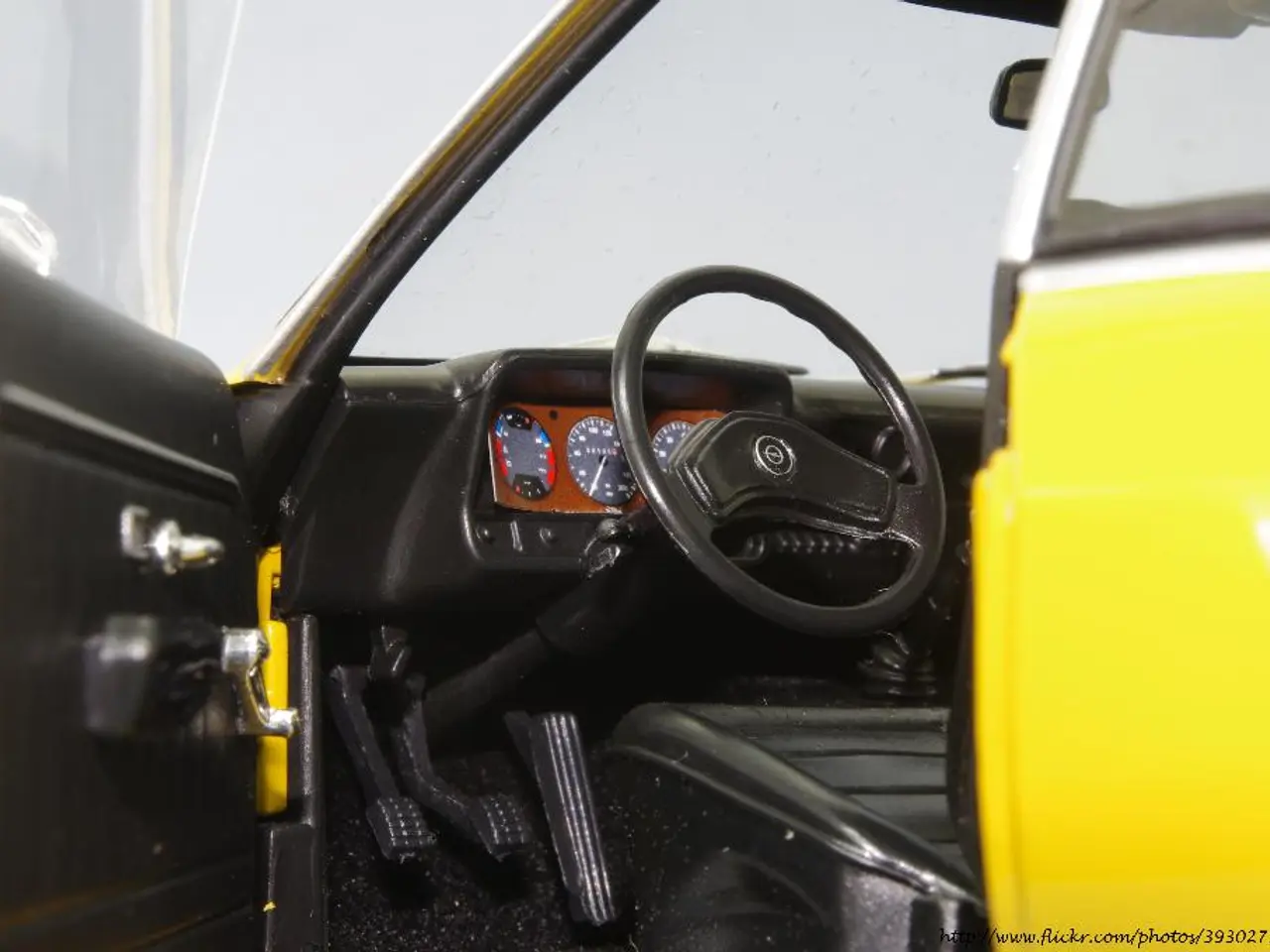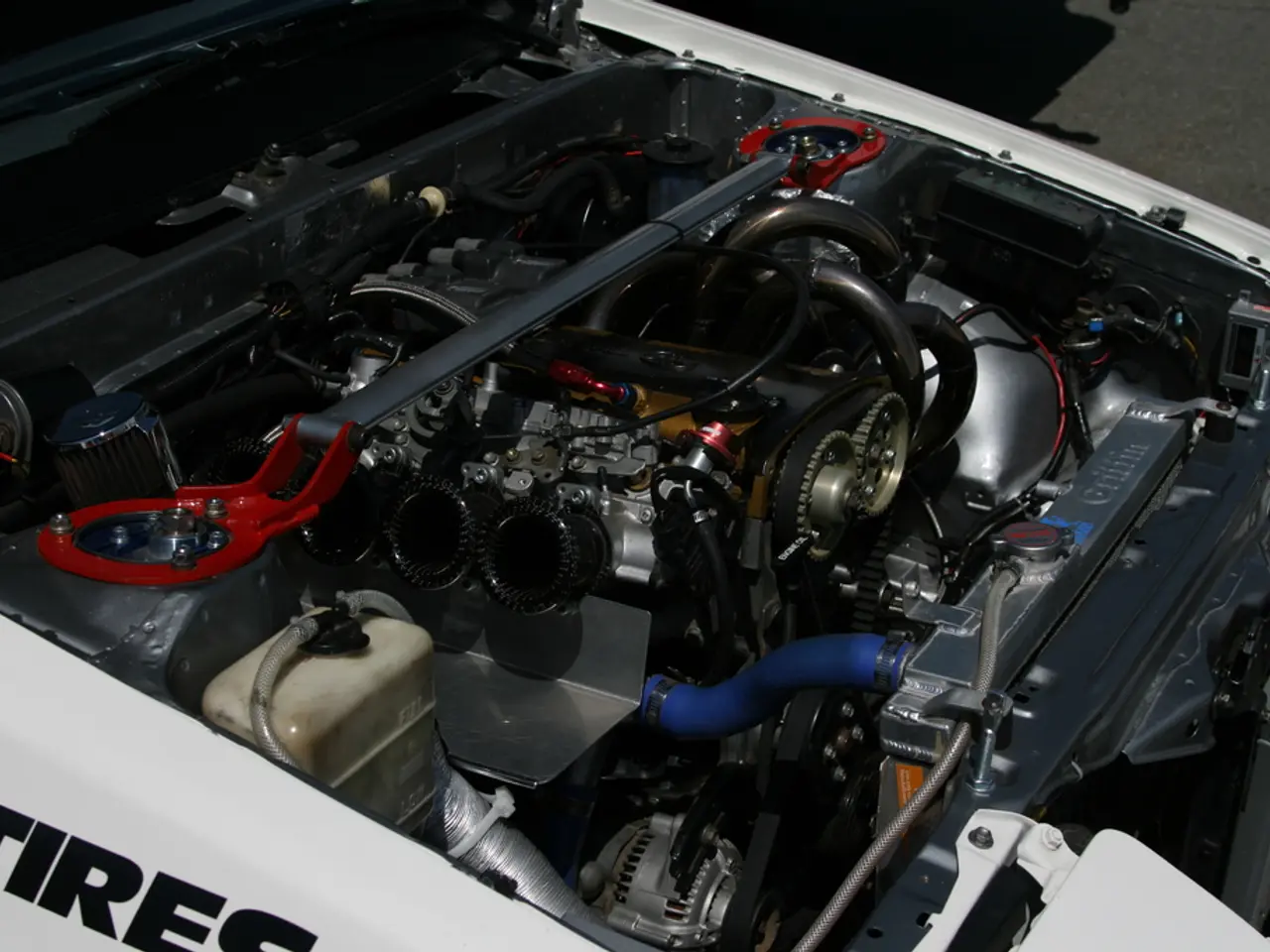Highlighting the Cosmos: The Equipment Behind 986 Stellar Photographs from the Astronomy Photographer of the Year
In the world of astrophotography, the Astronomy Photographer of the Year competition has become a prestigious event that showcases the best images captured by enthusiasts from around the globe. Recent data associated with the competition reveals fascinating trends in the equipment used by photographers for landscape astrophotography, deep sky imaging, and planetary photography.
Cameras
High-resolution DSLR or mirrorless cameras with at least 20+ megapixels are the go-to choice for many enthusiasts and finalists. For instance, a 22-megapixel panorama was instrumental in a prize-winning solar eclipse image. Cameras with good low-light sensitivity and dynamic range are highly preferred for capturing faint deep sky details and bright planetary features.
Lenses for Landscape Astrophotography
Wide-angle lenses and fast apertures are favored for Milky Way panoramas and aurora shots. Portable camera trackers like the Sky-Watcher Star Adventurer or iOptron SkyGuider are popular mounts for attaching a DSLR plus lens setup for wide-field imaging without a full telescope.
Telescopes for Deep Sky and Planetary Imaging
- Refractors: High-quality apochromatic refractors like triplet designs (e.g., 50mm triplet APO in the ZWO Seestar S50 telescope) are popular for sharp, color-corrected deep-sky imaging.
- Corrected Dall-Kirkham Reflectors: Telescopes such as 12-inch to 20-inch Planewave corrected Dall-Kirkham telescopes provide excellent optics for deep sky targets.
These telescopes are often computer-controlled and Go-To capable to facilitate accurate targeting and tracking.
Mounts
- Compact, portable camera mounts like the Sky-Watcher Star Adventurer and iOptron SkyGuider are favored for beginners and landscape astrophotography.
- For deep sky imaging, premium equatorial mounts like Astro-Physics Mach2 or 10Micron mounts (with absolute encoders for precise tracking) are commonly used by serious amateurs.
Such mounts provide accurate, unguided tracking necessary to capture long-exposure images with sharp star points. Modern mounts typically include Go-To functionality with integration to planetarium apps and plate-solving for easy object acquisition.
Top Equipment in the Competition
Celestron, Sky-Watcher, and Takahashi are the most successful telescope manufacturers for shortlisted images in the whole seven years. ZWO cameras are also the most successful for planetary imaging, with the ZWO ASI174MM at the top. In total, 986 astrophotography images shortlisted in the competition from 2018 to 2024 were analyzed.
The Sky-Watcher EQ6-R Pro is the top model in the past two years, while the Sky-Watcher Star Adventurer and iOptron SkyGuider Pro are the most successful star trackers for landscape astrophotography. In the past three years, more than half of shortlisted deep sky images were taken with ZWO cameras.
Popular lens models for landscape astrophotography include the Sony 14mm f/1.8 GM, Sony 24mm f1.4 GM, Sigma 14mm f/1.8 Art, Sigma 24mm f/1.4 Art, Nikkor Z 14-24mm f/2.8, and Rokinon /Samyang 14mm f/2.8.
The Sky-Watcher 400P (16′′) Dobsonian Reflector is the top model for planetary telescopes in the last two years. The ZWO ASI2600MM Pro is the top camera model for deep sky imaging in recent years.
Sony, Canon, and Nikon are the most commonly used camera brands for landscape astrophotography, with nearly all (98%) cameras being one of these brands. ZWO cooled monochrome cameras lead for deep sky imaging, with the ZWO ASI2600MM Pro being top.
In 2024, mirrorless cameras are becoming more popular for landscape astrophotography, with 88% using mirrorless cameras versus 12% using DSLRs. Other top cameras for landscape astrophotography are Sony, Canon, or Nikon, full-frame, and mirrorless models.
Finger Lakes Instrumentation, QHYCCD, and Diffraction Limited (SBIG) are other popular camera brands for deep sky imaging. A lower focal length means the wider the lens and the larger the expanse of sky that can be captured.
Sky-Watcher is the leading mount manufacturer, with the Sky-Watcher EQ6-R Pro top. German Equatorial mounts are the most commonly used mount types. Many advanced landscape astrophotographers use astro-modified versions of cameras. A lower f-number means the faster the aperture and the better it will perform in low-light.
For lunar images, the ZWO ASI183MM is one of the top models in the last two years. Star Trackers are devices used by many landscape astrophotographers to track the movement of the stars in the night sky and allow longer exposure times.
High-resolution cameras, both DSLR and mirrorless, are preferred for astrophotography, offering at least 20+ megapixels and good low-light sensitivity. Wide-angle lenses with fast apertures are popular for landscape astrophotography, while refractors and corrected Dall-Kirkham reflectors are favored for deep sky and planetary imaging. Compact mounts are suitable for beginners, while premium equatorial mounts cater to serious amateurs. Celestron, Sky-Watcher, and Takahashi are successful telescope manufacturers, and ZWO cameras are preferred for planetary imaging. The Sony 14mm f/1.8 GM and Sky-Watcher 400P (16′′) Dobsonian Reflector are popular choices for landscape astrophotography and planetary imaging, respectively. Mirrorless cameras are increasingly popular for landscape astrophotography. Sky-Watcher is the leading mount manufacturer, and star trackers are devices used by many landscape astrophotographers. For lunar images, the ZWO ASI183MM is a top model, and finger Lakes Instrumentation, QHYCCD, and Diffraction Limited (SBIG) are other popular camera brands for deep sky imaging. A lower focal length and a lower f-number improve the expanse of sky captured and the performance in low-light, respectively. Case studies have shown that astonishing images in the Astronomy Photographer of the Year competition are often captured with these preferred gear and techniques in the world of astrophotography, merging science, space-and-astronomy, and technology.




